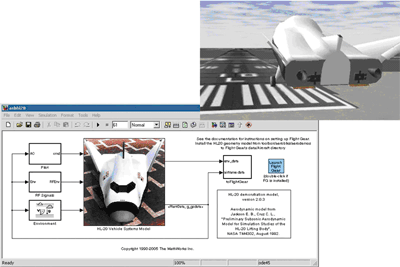Overview: The recent advances in sensor technology, data acquisition systems, computers and modeling paradigms motivate the development of a robust and efficient diagnosis framework for damage detection and health monitoring of air vehicles. The real challenge now is the development of robust and efficient algorithms that are capable of analyzing large sensor information and provide simple and meaningful measures of the structure health status. This research develops a hybrid qualitative-quantitative system identification and decision making framework for air vehicles. The physical aircraft model is modeled using the bond graph approach which provides rapid and efficient modeling tool for damage detection and isolation of dynamic systems. Bond graphs provide a modeling framework that includes parametric models of the physical system and the sensors. Accordingly, this permits detecting and isolating faults in structural, mechanical, hydraulic and electrical components and sensors as well.
This research aims to:
- Develop an integrated modeling approach that combines subsystem-level models with the vehicle-level model, in order to facilitate both diagnosis and prognosis for system health and capability assessment.
- Develop top-down diagnosis approach for subsystem-level and component-level damage detection, isolation and identification based on system-level performance measurements.
- Develop bottom-up prognosis approach to link component-level profiles to vehicle-level health and capability calculations.
The contributions of the proposed methodology are (1) rapid and efficient detection and isolation of the damaged component or the faulty sensor; (2) modeling different domains or components (structural, mechanical, hydraulic, thermal and electrical); and (3) accounting for sensor fault.
Example Applications: The proposed methodology is illustrated with a model for an aircraft incorporating different structural, mechanical, hydraulic, thermal and electrical components.
